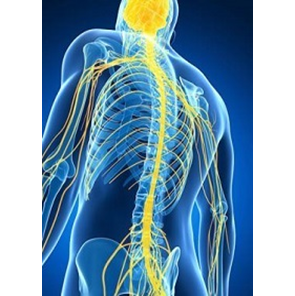Abstract
Wireless Sensor Networks (WSNs) must face the challenge of producing a vast plethora of applications from the least possible
number of distributed sensors. In this paper we describe the Neuromorphic Sensor Network (NSN) platform, which implements
a bioinspired approach to the development of growing applications in WSNs. NSNs follow an analogy with the neurophysiology
of vertebrates, compressing the information coming from sets of sensors in wireless nodes and processing it by means of a set
of processing units (PUs) that perform individual general purpose functions. Applications are then constructed through specific
connections of these PUs, generating application pathways that allow the reuse of the same distributed NSN to give response to
any desired output, thus achieving an application scalability.
We illustrate the detailed process of growing applications using the NSN platform through an object tracking tool that mimics
the behaviour of the vertebrates visual system to detect and track objects.
Finally, we describe a real implementation of the NSN platform in a road traffic monitoring and information system currently in
operation in the cities of Madrid and Seville (Spain).
Keywords:
- Wireless sensor networks.
- Application scalability.
- Smart cities.
- Big data.
- Distributed systems.
